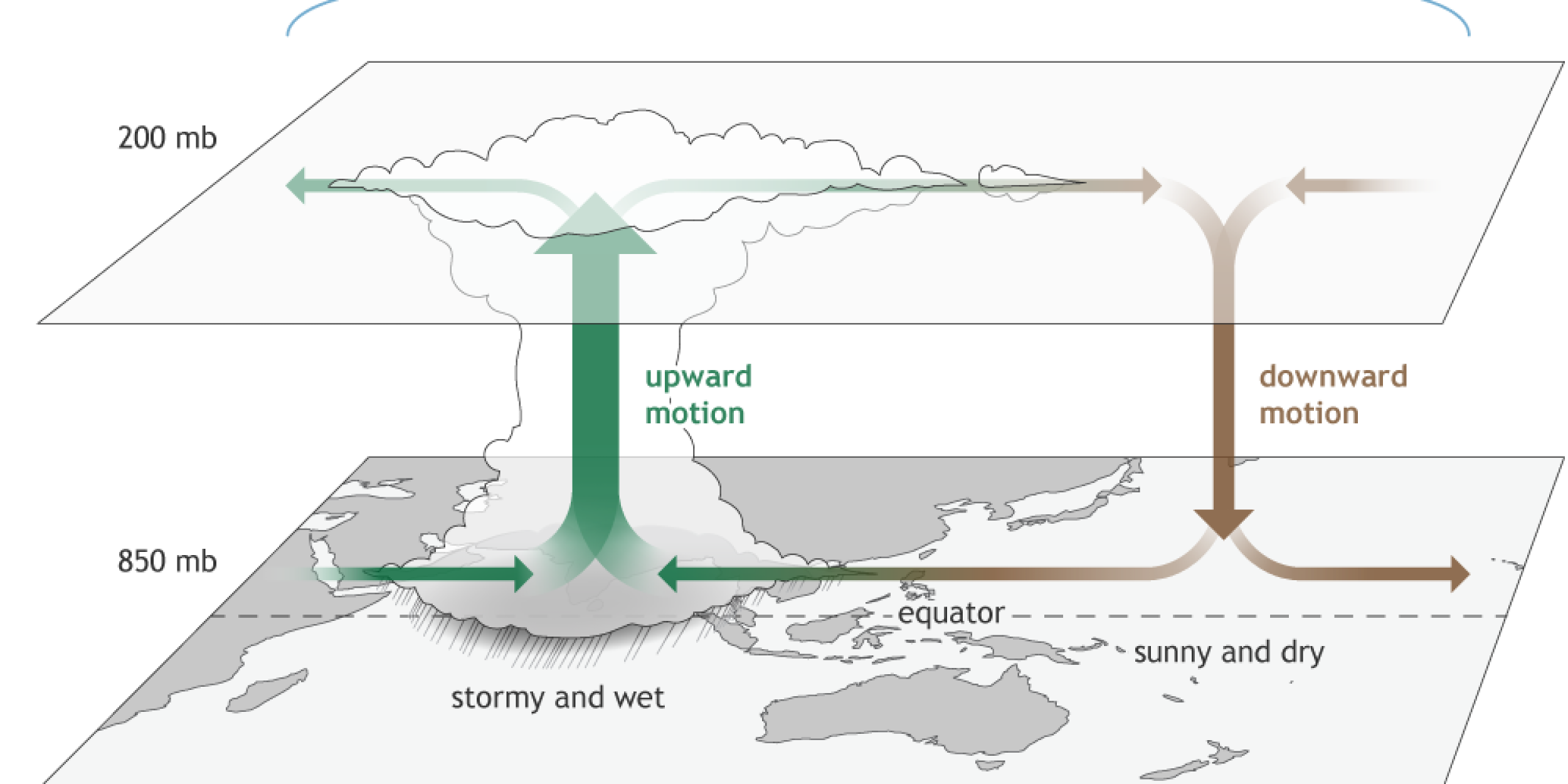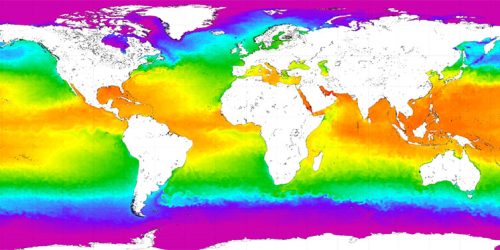Climate models poorly represent how fast the Madden-Julian Oscillation (MJO)—an eastward moving disturbance of clouds, rainfall, winds, and pressure with far-reaching influences on global weather and climate extremes—travels from the Indian Ocean to the western Pacific. Researchers funded in part by CPO’s Climate Variability & Predictability (CVP) program, undertook this study to explore whether systematic, year-to-year changes in the MJO’s propagation speed are detectable over the past decades using a long-term reanalysis dataset. The team found that there was no significant climate trend associated with propagation speed. However, the authors did find that the MJO exhibits a significantly larger size during winters with faster migration speeds. Their analysis, published in Geophysical Research Letters, provides further insights into the fundamental physics regulating MJO propagation.
To tease out key processes controlling the MJO’s speed, the authors grouped and studied winters with the fastest and slowest MJO propagation speeds. They found that several factors, previously considered critical in regulating the MJO’s speed, are not responsible for the differences between the two winter groups. Instead, the MJO’s size emerged as closely linked to speed. However, more research is needed to verify which key processes determine the MJO’s size. It is possible that the MJO’s larger size is just a characteristic of the fast propagation, rather than the cause. This research provides a focus point for a gap in our understanding of fundamental MJO physics.
Image Credit: NOAA Climate.gov










